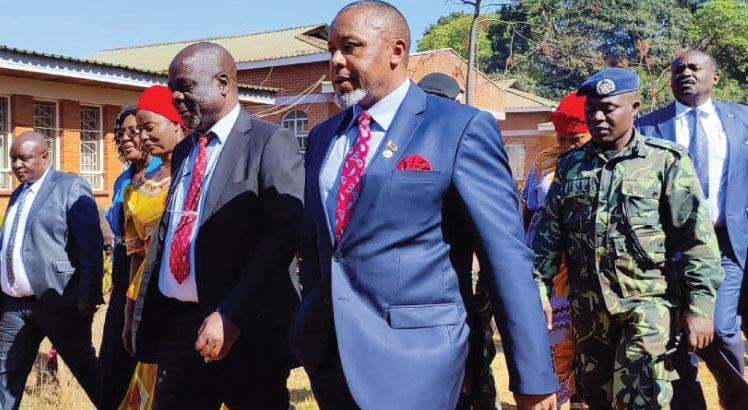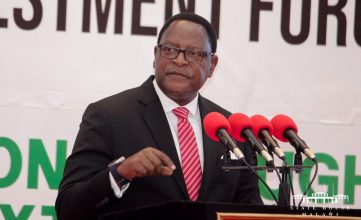Malawi cotton farmers cry foul
Despite receiving good rains and having positive prospects for the 2016/17 season, earnings from the cotton sector continue declining and putting the livelihood of over 300 000 small-scale farmers in limbo.
Cotton is one of the country’s high value crops that has a number of benefits in its value chains.
Experts in the sector have argued that the crop has huge economic potential and could rake in substantial amount of foreign exchange, estimated in excess of $500 million (K306 billion) per annum, more than what the country is getting from the main export crop, tobacco.

Figures from the African Institute of Corporate Citizenship (Aicc), however, indicate that this year, cotton has generated $1.4 million (about K1 billion) from 10 000 metric tons (MT) produced.
Government had projected to generate $4.7 million (about K3.4 billion) from the sell of 31 000 MT of cotton, according to government statistics.
Last year, the country produced 31 000 MT of cotton and generated $3.9 million (about K2.8 billion).
The only year production peaked was in 2011/2012 where 100 000 MT was produced after government under the former president Bingu wa Mutharika injected $10 million (about K7.3 billion) in the cotton sector for financing, the funds were supposed to revolve in the sector but ended up being depleted by those who were meant to benefit from them.
Speaking to journalists in Lilongwe on Monday, Aicc chief executive officer Felix Lombe said government is losing over $60 million (about K43.8 billion) per annum due to low economic activities in the sector, adding that there has been a steady drop in production at 10 percent annually for the past 10 years.
He has also proposed a fund manager whereby a bank is going to be given $4.8 million (about K3.5 billion) which it shall invest in other things and will act as a guarantee for the bank to disburse loans to farmers at a subsidised interest rate.
He said, “In an instance where government opts for a fund manager, the bank shall be given the $4.8 million which it shall invest in its own way and serve as guarantee for the bank to give loans to farmers at a subsidized lending rate.
“All those involved in this scheme will interface directly with the bank so much that all payments shall be done by the bank which is also going to be fund manager.”
In a separate interview on Tuesday, Cotton Farmers Association of Malawi (Cofam) president George Nnesa said lack of inputs had stifled production of the export commodity, with some farmers opting out of the trade despite the good prices being offered at the market.
“We had a minimum of K320 per kilogramme [kg], which is lesser that the previous years’ K375 per kg. However, a lot of farmers this year opted out because both the Cotton Council of Malawi [CCM] and the cotton ginners were not forthcoming with input loans.
“Looking ahead, we would want to still be producing more for the country but only if government will come in to address some of these challenges,” he said.
In a separate interview, CCM interim secretary and deputy director of crops in the Ministry of Agriculture, Irrigation and Water Development, Bartholomew Ngauma, said they are yet to come up with final figures on the volumes and earnings generated from the sector.
Said Ngauma: “We are yet to get official statistics from Admarc. have figures from Afrisan (2 900MT] and Malawi We only Cotton [2 300]. I wonder where they got those figures from.” n





